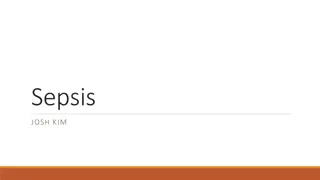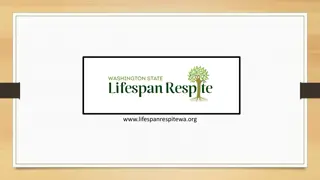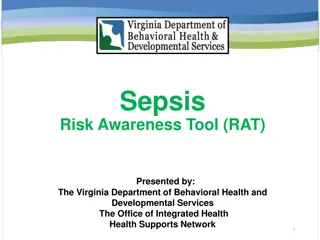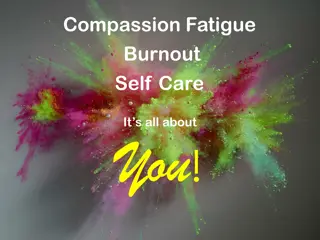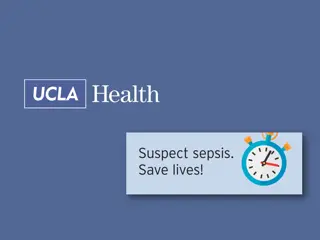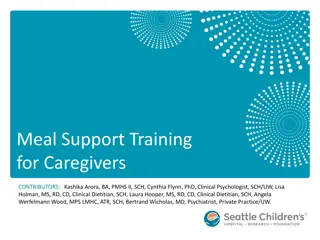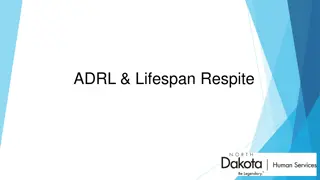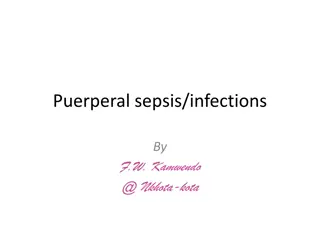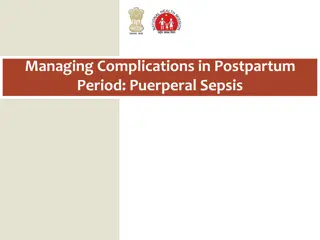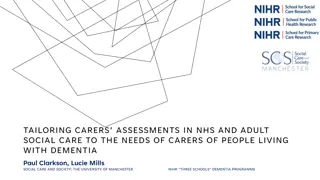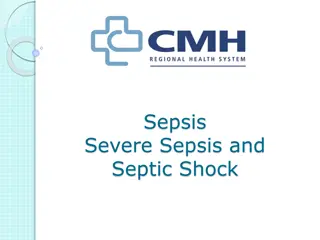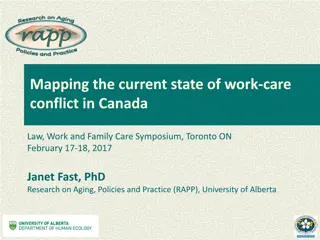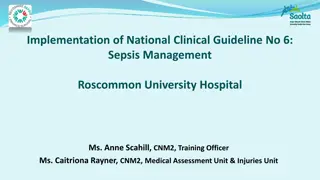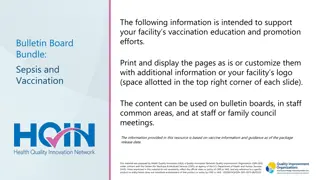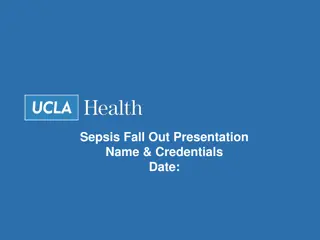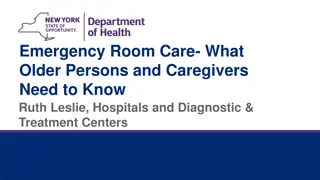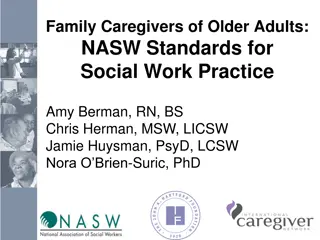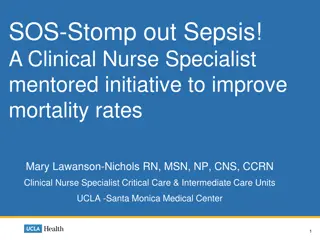Understanding and Preventing Sepsis: Vital Information for Caregivers
Sepsis is a life-threatening condition caused by the body's response to infection. Learn about the symptoms, prevention strategies, and how to recognize and respond to sepsis in a healthcare setting. The importance of reporting vital signs accurately and understanding patient behavior is also highlighted.
Download Presentation

Please find below an Image/Link to download the presentation.
The content on the website is provided AS IS for your information and personal use only. It may not be sold, licensed, or shared on other websites without obtaining consent from the author. Download presentation by click this link. If you encounter any issues during the download, it is possible that the publisher has removed the file from their server.
E N D
Presentation Transcript
If You See Something, Say Something How CCPs can help prevent sepsis.
What is Sepsis? Sepsis is a complication caused by the body s overwhelming and life-threatening response to an infection which can lead to tissue damage, organ failure, and death. (CDC, 2016) - Sepsis can occur at anytime - Sepsis can happen to anyone - Sepsis can result from any type of infection 2
What should you do if you suspect sepsis? Notify the RN immediately for any or all of the following: - Temp >101( 38.3 C) or < 96.9 ( <36C) - HR >90 - RR >20 - Systolic BP <90 - Pt is suddenly confused, less responsive or more tired than the last time you saw them - Measured urine output is decreased 4
How can you prevent sepsis? Practice good hygiene (e.g., hand washing) Perform CHG bath treatment CHG bath treatment must be done once every 24hr Notify RN if patient refuses CHG bath treatment Perform High Touch Wipe Down Initiatives Complete once per shift or twice per shift with immune compromised patients Use Bleach with 3 minutes contact time Use SaniWipe with 5 minutes contact time 5
Review of Knowledge You are taking care of Miss Jones, an 88 year old who had hip replacement surgery. This morning she was friendly to staff, sitting up in bed eating breakfast and chatting with her daughter. A few hours later, during your rounds, you notice that Miss Jones is sleepy and is difficult to wake up. When you do wake her and ask her how she feels, she becomes angry and says Who are you? Get out of my kitchen or I ll call the police. What would you do? a. Apologize for disturbing her, then quietly leave the room to let her sleep. b. Finish what you were doing with the patient and continue your rounds with other patients. Then tell the RN that Miss Jones seems confused and less alert c. Tell the RN that Miss Jones seems confused and less alert than she was earlier today. d. Ignore her behavior, she s old and cranky. That s normal for someone her age. 6
Review of Knowledge Which of your patient s vital signs would you report to the RN after obtaining the following vital signs: Temp: 37.1C (98.0F); Pulse: 92; Respirations: 24; BP: 88/58 a. Temp: 37.1C (98.0F); Respirations: 22; BP: 88/58 b. Respirations: 24; BP: 88/58 c. Pulse: 92; Respirations: 24; BP: 88/58 d. None of the above. The vital signs are all normal. Sepsis Parameters Temp >101( 38.3 C) or < 96.9 (<36C) HR >90 RR >20 Systolic BP <90 7
Review of Knowledge You are unable to find your RN to report your findings: Temp: 37.1C (98.0F); Pulse: 92; Respirations: 24; BP: 88/58, what would you do next? a. Continue with vitals as you are running behind. You can tell the nurse later b. Keep rechecking the vitals until they are normal c. Document the result in the chart and continue with your care of other patients. d. Report this to your RN immediately and document the result in the chart. 8
Review of knowledge What action would you take if your patient s temperature is 35.8C (96.4F) a. No action needed, this temperature is considered normal. b. Report this to your RN the next time you see her/him. c. Document the result in the chart and continue with your care of other patients. d. Report this to your RN immediately and document the result in the chart. 9



